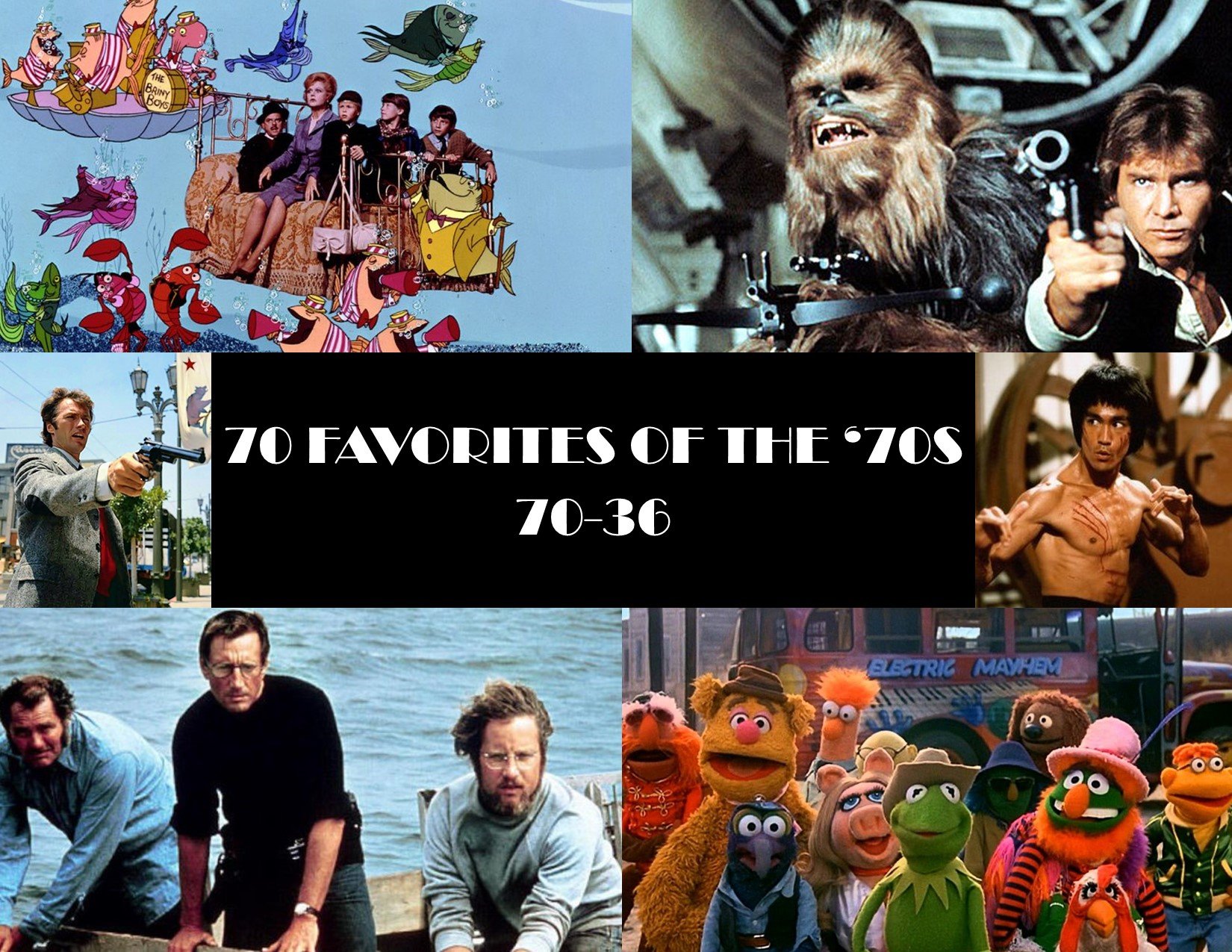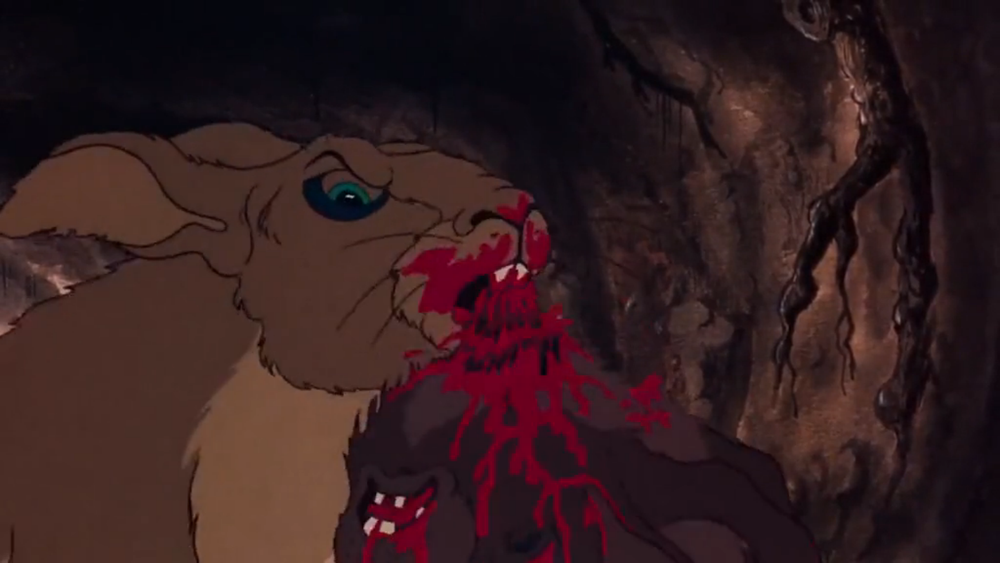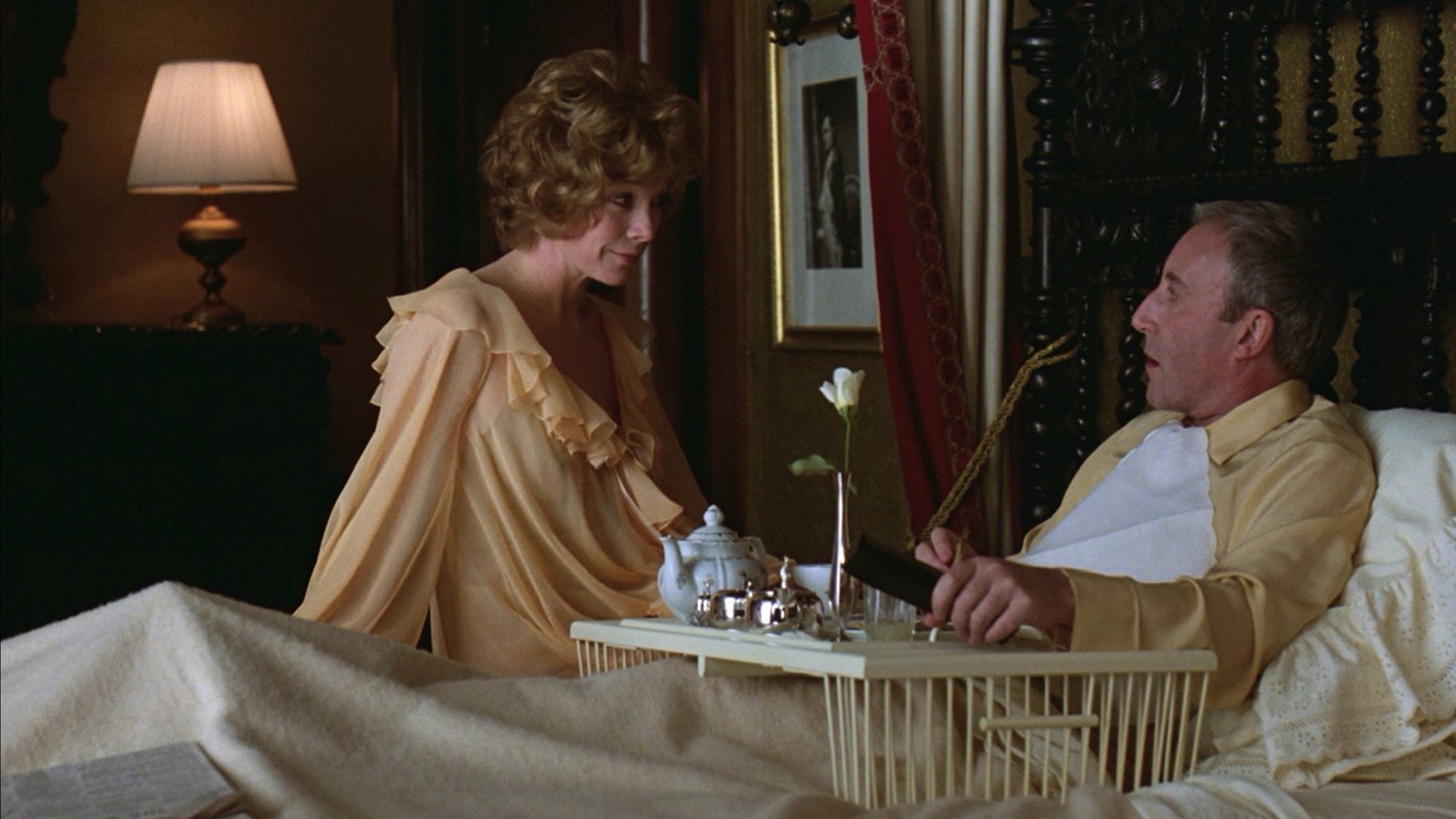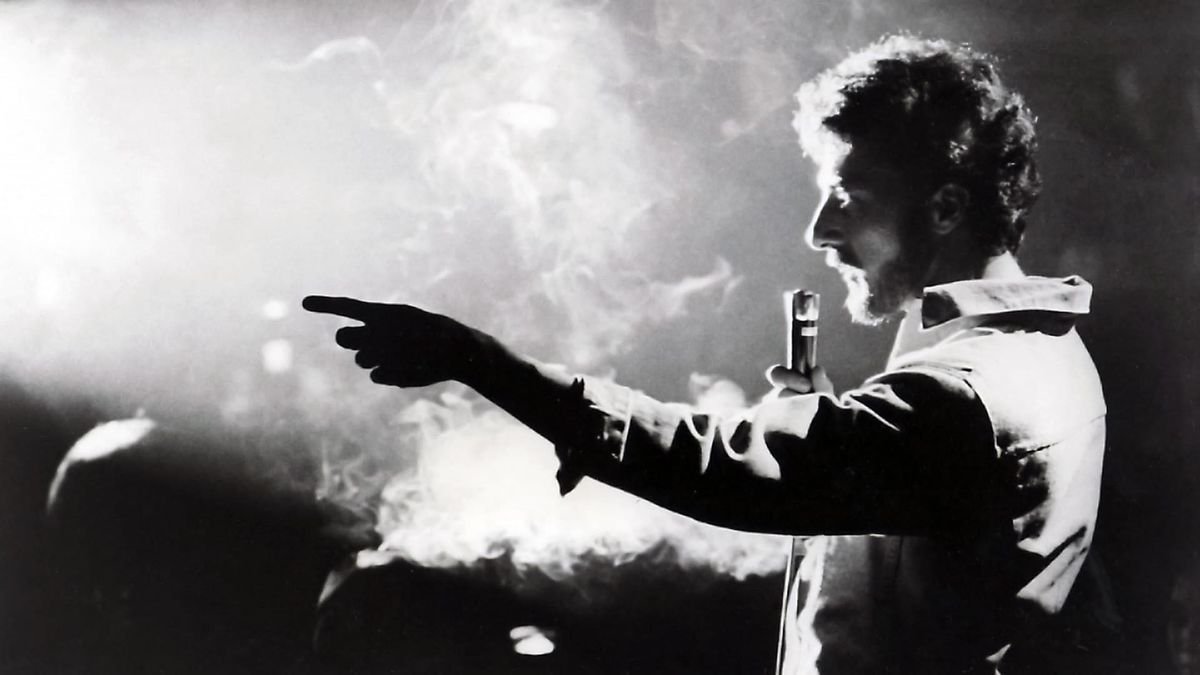70 Favorites of the ‘70s: 70-36
Now we’re in the thick of the New Hollywood era with the 1970s.
The days of exclusive contracts with studios were a memory. This decade continued what started in the late ‘60s with bold, daring, and often graphic filmmaking and stories. There were a lot of R-rated movies. But, at the time, G, PG, and R were the only ratings. X, which would eventually turn into NC-17 in the future, was the rating no filmmaker wanted to get, because it suggested pornography and most theaters wouldn’t play them. But while there were a lot of R rated movies, there were a lot of PG movies with mature and serious themes one wouldn’t necessarily consider “for kids” like people do now.
This was the decade of the auteur director. It was in the 1970s that Martin Scorsese, Steven Spielberg, George Lucas, Francis Ford Coppola, Brian DePalma, Hal Ashby, William Friedkin, Woody Allen, Robert Altman, John Cassavetes, Mike Nichols, Peter Bogdanovich, Terence Malick, and Don Siegel - filmmakers whose films had a quality or personality that was uniquely their own and are now considered among the giants in film history - came to prominence. It’s because of these filmmakers that the 1970s is considered one of the greatest decades in film, if not THE greatest.
Animation was rougher in the ‘70s - and Walt Disney Animation studios wasn’t the only studio in town anymore. Horror films became more violent and more sexually explicit. There was so much more variety with blaxploitation, westerns, martial arts, foreign films, musicals, and the rise of the Australian wave that included what is now referred to as Ozploitation. Thrillers and satire was more commonplace, as filmmakers started taking a close look at society and politics. There was so much in the ‘70s - not all of it was great, but there seemed to be a higher quotient of quality films than not.
I’ve seen over 170 movies from the 1970s. And there were still a few I didn’t get to squeeze in for the first time: Amacord, The Last Detail, The Parallax View, Night Moves, Little Big Man, and Phantasm. But I also realized that even after watching a dozen movies for the first time I could still barely come up with a list of 70 favorites. Because the list is getting so long, I decided to split the lists from here on out in half. And it does take until near the end of this list before we come to movies that I do love and don’t just really like. But here are movies 70-36. If you’re using a phone the rest of the article is best-viewed in landscape. I hope it serves as a guide for those who have some catching up to do and need some direction. For others it’ll be an enjoyable read to look out for their favorites.
70. The Texas Chain Saw Massacre (1974)
This one barely makes the list. It’s a deeply disturbing horror classic shot on the cheap by the great Tobe Hooper. There’s a reason why none of the sequels or remakes can ever surpass the bar set by this film. Its cast of characters, mood, and atmosphere (particularly once the cast arrives at the house) is enough to make your skin crawl before any of the real horror begins. Too often the focus of the sequels and remakes is on the gore. This film is about more than that. But it isn’t one I love experiencing very often.
68. Marathon Man (1976)
This thriller by John Schlesinger (Midnight Cowboy), written by William Goldman (The Princess Bride and a slew of other great films), starring Dustin Hoffman, Laurence Olivier, and Roy Scheider hits the gas immediately and doesn’t slow down. It’s full of characters who aren’t what they say they are. For a while it was an oft-quoted film, but now it seems to be drifting into obscurity.
66. Bananas (1971)
Woody Allen’s third film is firmly in the middle of his slapstick phase. In this one he plays a man who travels to Latin America and gets swept up in a revolution. As you’ll soon see, the ‘70s was my favorite period of Woody Allen’s career, partially because of his first era: the silly comedy. He would swing back around to this style in the early ‘80s with Zelig.
64. Deliverance (1972)
This movie made the tune ‘Dueling Banjos’ synonymous with backwoods rednecks. It’s a study in masculinity that proves topical with today’s reassessment of traditional masculinity. It also made Burt Reynolds a star, debuted Ned Beatty, was nominated for Best Picture by the Academy, and is responsible for the state of Georgia becoming a go-to option for the film industry. It’s a lot more significant than people realize.
62. The Bad New Bears (1976)
Walter Matthau plays a former pro baseball player / now middle-aged poolboy who gets asked to coach a little league team of losers and misfits. It’s a blueprint that would be run into the ground, especially in baseball movies. But I don’t think it was used much before 1976 - and certainly not with foul-mouthed, hot-tempered pre-adolescents. Tatum O’Neill and Jackie Earle Haley (Rorschach in Watchmen) also star. What’s interesting is the film doesn’t set up the situation in the beginning nor does it use any original score. Much of it would be considered offensive today for racism, homophobia, and body shaming. But there’s plenty of other stuff that is enjoyable. Two sequels, a TV show, and a remake followed. None of them are any good.
60. Candleshoe (1977)
This one is a little more obscure, which is odd considering it stars Jodie Foster, David Niven, and (first female EGOT) Helen Hayes. Foster gets roped into a scheme to steal a treasure from the country estate of an old noblewoman who may be Foster’s grandmother. It’s a nearly-forgotten Walt Disney Pictures film that is actually better than some of the better-recalled films by the studio. For more info check out my review from a couple years ago.
58. Dirty Harry (1971)
Clint Eastwood stars in Don Siegel’s iconic crime film. This is a film that is very much a precursor to films like Die Hard and probably wouldn’t have happened without 1968’s Bullitt. The pacing picks up a bit more than previous crime films here with the kills and crime action occurring fairly steadily from the beginning. It’s pretty violent for the time. And the sound design goes big. It spawned four sequels over the following 15+ years, making Harry Callahan one of Eastwood’s most signature characters.
56. The Three Musketeers (1974)
French swashbuckling (hell, any swashbuckling) has sort of gone out of style these days. And there’s an entire generation who has grown up without any awareness of the Alexandre Dumas novel. But Richard Lester, who made a career out of Beatles comedies in the ‘60s, decided to go big and add some laughs with this production that was so big it was cut into two films in order to be watchable without the cast’s knowledge (1975’s The Four Musketeers). It’s actually quite entertaining while being what is considered the most faithful screen adaptation of the classic novel. Michael York (Basil Exposition of the Austin Powers movies), Oliver Reed (Oliver!), Richard Chamberlain (Dr. Kildare), Raquel Welch, Christopher Lee, Geraldine Chaplin, Charlton Heston, Faye Dunaway, Roy Kinnear (Willy Wonka and the Chocolate Factory), and the recently-passed Joss Ackland (Lethal Weapon 2) all star.
54. Manhattan (1979)
At the heart of Woody Allen’s Manhattan is a relationship between a man in his 40s and a 17-year-old girl. The dialogue calls out the insanity of the relationship, but comes from a perspective that there’s too many differences between them because of their ages not that the relationship is grossly inappropriate (and illegal). The fact that the film was widely accepted and celebrated at the time, I think, speaks to how drastically different attitudes were back then compared to now. Watching it now we know Allen’s Isaac shouldn’t be with this girl; it shouldn’t even be a discussion. That relationship isn’t why myself or anyone holds this film in high regard. I love the film (albeit quite a bit less than a few others by Allen), because of the opening sequence with the voice over, because of the black and white photography, because of Allen’s dialogue delivery, and because so many people have seen and studied this film several times and still discover something interesting and revealing with each viewing.
52. Invasion of the Body Snatchers (1978)
I’m a bigger fan of the 1956 original. This one is considered a remake, however Kevin McCarthy’s character does appear as though he stepped right out of the original movie and into this one, so there’s an argument to be made that this is actually a sequel. Regardless, this film is more of an ecological allegory in a time where society was much more environmentally conscious and Earth Day was created. Donald Sutherland, Leonard Nimoy, and Jeff Goldblum appear and that alone is reason enough to see this one.
50. The Last Waltz (1978)
I’m not even a big fan of The Band, the ‘70s rock band with Robbie Robertson and Levon Helm, but I appreciate how director Martin Scorsese digs at what made them interesting and different and why other big name musicians loved them. It’s a fascinating rock doc for any audiophile or cinephile and possibly Scorsese’s best documentary.
48. Walkabout (1971)
An Australian dad (John Meillon) takes his two kids (Jenny Agutter and Luc Roeg) to the Outback to murder-suicide them. He fails and the kids are left to fend for themselves and find help in Nicolas Roeg’s film. The film got a lot of international attention and put a spotlight on Australia as a new source of film talent. It’s a pretty great film.
46. Westworld (1973)
I grew up a big fan of Michael Crichton. It’s crazy that my favorite author of my adolescence was also a film director! He directed 6 movies and this is considered one of his best. It offered such an exciting and fascinating concept (an amusement park of robots run amok) that it inspired an HBO series that ran for 3 dozen episodes. I love how Yul Brynner’s Gunfighter predates the unflappable, menacing machine of The Terminator.
44. Freaky Friday (1976)
So many people have a fondness for the 2003 Jamie Lee Curtis/Lindsey Lohan remake. I thought Lohan was good, but Curtis was unconvincing. This remains the best of all the adaptations of the novel. The reason is both of the leads - Jodie Foster and Barbara Harris - are convincing in their mind-swapped performances. For more of my thoughts about this, check out my review from a couple of years ago.
42. Harlan County, USA (1976)
This has got to be one of the best documentaries I’ve ever seen. It’s also one of the most fascinating and engaging prior to the days of the pop doc. It’s about a strike by miners in Kentucky. It treats its subjects with dignity and respect. It plainly illustrates the greed and apathy of those in charge of the mining company and those who enable their wrongdoing. There’s some nasty characters here. There’s also others with a lot of grit and tenacity. It’s a solid piece of work.
40. The Jerk (1979)
This was Steve Martin’s first starring vehicle. And it’s easily among my 3 favorite Steve Martin movies (The Three Amigos! and Parenthood are my other two). And this is my favorite Carl Reiner film. It’s ridiculous and silly and Martin is so funny in it. It probably would’ve been higher on my list 10-20 years ago. But there is a reason why it’s considered among the greatest comedies ever filmed.
38. Drunken Master (1978)
While I am no aficionado of martial arts films by any means, of the ones I’ve seen this is the most amusing and fun from the ‘70s. It’s just absolutely ridiculous and crazy to see the mix of choreography and humor on such perfect display. It never fails to put a smile on my face. And it isn’t just Jackie Chan who deserves credit here. Linda Lin and just about the entire cast have a remarkable physicality. It’s worth noting that Yuen Woo-Ping directed the film. He was fairly well-known in the 2000s, because he did the choreography for The Matrix and Crouching Tiger, Hidden Dragon.
36. Heaven Can Wait (1978)
This remake of 1941’s Here Comes Mr. Jordan (itself an adaptation of a play) co-directed by Warren Beatty and Buck Henry is about a football player who is prematurely taken from his body by an angel and put in a murdered millionaire’s life. James Mason, Jack Warden, Julie Christie, Charles Grodin, Dyan Cannon, and Buck Henry appear.
69. Watership Down (1978)
Animation in the ‘70s was mostly pretty ugly. You’ve got your Ralph Baskhi films and Fantastic Planet and this film as strong evidence of that. But what I appreciate about this fairly grounded film about rabbits trying to survive after leaving their home is that it dares to show blood and be realistic about death in the wild. Animated movies these days are too scared to let kids experience death or feel unpleasant. Not this film. Also, there’s some unique creative flourishes in the animation design. It isn’t my favorite animated film of the decade by a long shot, but it’s one I admire quite a bit.
67. Shampoo (1975)
Shampoo is a sexual farce about a hairdresser juggling several lovers and the complications and run-ins that come with it. Because it’s a Hal Ashby film so it has another layer to it, which is that a couple of the characters are involved in the presidential election. Yet hardly anyone seems to pay attention to politics and can’t see past their own personal lives. It also stars Goldie Hawn, Julie Christie, Jack Warden, with appearances by Carrie Fisher, Howard Hesseman, and Michelle Phillips.
65. Network (1976)
This is an iconic film in a decade full of iconic films. Its “mad as hell” line is still quoted to this day. It’s fascinating how movies were already starting to catch on to the direction the news was going with the advent of the corporate-owned 24-hour news cycle coming in just a few more years. Faye Dunaway plays the mouthpiece of that cynical, less benevolent future. Peter Finch is the broken and howling voice of substance. William Holden, Ned Beatty, and Robert Duvall also star in this excellent Sidney Lumet film. This was the end of a 3-year streak Lumet was on in the ‘70s.
63. Dawn of the Dead (1978)
This is probably my favorite of George A. Romero’s zombie film series. The metaphor here is consumer culture as the film is set in a shopping mall. The make-up effects may disappoint (blue paint?), but everything else won’t.
61. Being There (1979)
This was Hal Ashby’s last great film, as his ‘80s work was widely considered a huge step down from anything before it. Peter Sellers stars with Shirley MacLaine, Melvyn Douglas, and Jack Warden. Sellers is a simple-minded gardener who becomes the object of the elite’s fascination, confusing his gardening wisdom as some broader deep insight. It’s a great comedy where we understand what he says throughout the film as one thing while the characters interpret it as another. Between this and Shampoo Ashby was really taking a poke at the decade’s politics.
59. The Longest Yard (1974)
Burt Reynolds stars as a prisoner who just wants to serve his time quietly, but is given a proposition to lead the prison’s football team. The film stars a handful of recognizable faces like Eddie Albert (Green Acres), Ed Lauter (The Rocketeer), James Hampton (Teen Wolf), and Richard Kiel (Moonraker). Bernadette Peters also appears in a couple of scenes in one of her first films. It’s mildly brutal for a comedy, but quite a bit of fun.
57. Lenny (1974)
Bob Fosse’s biopic about comic Lenny Bruce, starring Dustin Hoffman, is an interesting one. It jumps around in time, which isn’t necessarily its best decision. But it’s Dustin Hoffman’s performance and the third act that really sells what made Bruce unique and compelling. It helps if you’ve also watched the series The Marvelous Mrs. Maisel.
55. Mad Max (1979)
One of the defining characteristics of ‘70s cinema is the rise of Ozploitation, low-budget films made in Australia. Mad Max is one of the most famous of these films. The film wasn’t released in the U.S. until 1980 with dubbed dialogue with American accents and without Australian slang. And the film is very different from what people usually consider to be a “Mad Max film”. For more info on this film, check out my Remember That Movie review from way back.
53. Enter the Dragon (1973)
James Bond meets Mortal Kombat in this Bruce Lee martial arts movie starring John Saxon and martial arts movie stars Jim Kelly and Chuck Norris with brief appearances by Sammo Hung, Jackie Chan, Shih Kien, Yang Sze, and Yuen Wah. It’s the most famous and popular of Lee’s films and would influence a certain video game series. I appreciate it for that and the recognizable faces.
51. The Shaggy D.A. (1976)
Gone is Fred MacMurray from the original Shaggy Dog, one of Walt Disney Pictures’s best films from the ‘50s. Here we have Dean Jones, one of the studio’s last major staple performers, stepping in as an adult version of his son (originally played by Tommy Kirk). Suzanne Pleshette stars as his wife. Keenan Wynn is the villain that gives them a hard time. It’s not top shelf, but it’s almost as good as the studio got in the ‘70s. Check out my review.
49. Paper Moon (1973)
Controversial father / daughter duo Ryan and Tatum O’Neill star in this Depression-era con movie by former film critic Peter Bogdanovich. Tatum arguably outshines Ryan in her film debut. Most of Bogdanovich’s movies are unfortunately being forgotten these days, but they should be rediscovered, because he was on a roll in the ‘70s.
47. All That Jazz (1979)
This is considered Bob Fosse’s masterpiece. It’s also considered indulgent and self-important. It is those things, but I’ll be damned if it isn’t one of the most interesting films of 1979. And while it isn’t my favorite movie starring Roy Scheider it’s definitely one of his best performances.
45. Sleeper (1973)
Woody Allen’s 5th film is his only foray into sci-fi with a satire wherein he plays a present-day man put into suspended animation and awakened in the 22nd century when the 20th century is a vague memory. There is a sort of utopia with a rebellion percolating within it. Allen’s neurotic, pessimistic, Brooklyn Jewish character gets swept up in it with hilarious results. I often forget how clever and amusing this film is. It’s a tie between this and Take the Money and Run as my favorite of his early era.
43. What’s Up, Doc? (1972)
I am not a fan of Barbara Streisand. But I love her in this screwball comedy by Peter Bogdonavich. She plays the loopy agent of chaos that disrupts Ryan O’Neal’s uptight researcher-groom-to-be. Add in a mix-up plot involving four identical bags and you have the making for a wild and zany comedy. It also stars Buck Henry (writer of The Graduate), a young Madeline Kahn, Kenneth Mars, Austin Pendleton, a young Randy Quaid, and M. Emmet Walsh. This is a comedy that should be rediscovered.
41. Norma Rae (1979)
Sally Field stars in this film about a textile mill whose workers eventually decide to unionize. It takes it’s time getting there, illustrating how difficult it was to get the employees willing to stand up for themselves. Sally Field and Ron Leibman (Slaughterhouse-Five) are excellent here. Beau Bridges and Pat Hingle also star in the Oscar-nominated film.
39. The Godfather Part II (1974)
There’s some debate about whether the sequel is better than the original Godfather. I’ll just say this is one of the greatest sequels ever made for several reasons. The film spends much of its 200+ minutes telling us the history of Don Corleone, while also showing Michael Corleone’s challenges in expanding the family business to Nevada and Cuba. It’s excellent, but fell down my list, because it feels heftier than its predecessor and I have a more difficult time remembering it.
37. The Taking of Pelham One Two Three (1974)
Terrorist and hostage movies would become fairly popular in the ‘80s and ‘90s. But they really didn’t happen before this subway film starring Walter Matthau, Martin Balsam, Robert Shaw, Hector Elizondo, Earl Hindman, Dick O’Neill, and Jerry Stiller. It’s quite a cracking thriller and I’ve got to tip my hat to the casting of Matthau as essentially the hero of the film; talk about your everyman hero!
That concludes the first half of this list. Soon I’ll share the last 35 movies of my 70 Favorites of the ‘70s. Until then feel free to share your thoughts about any of these movies below. I hope there’s already some new discoveries for you to dig into.
